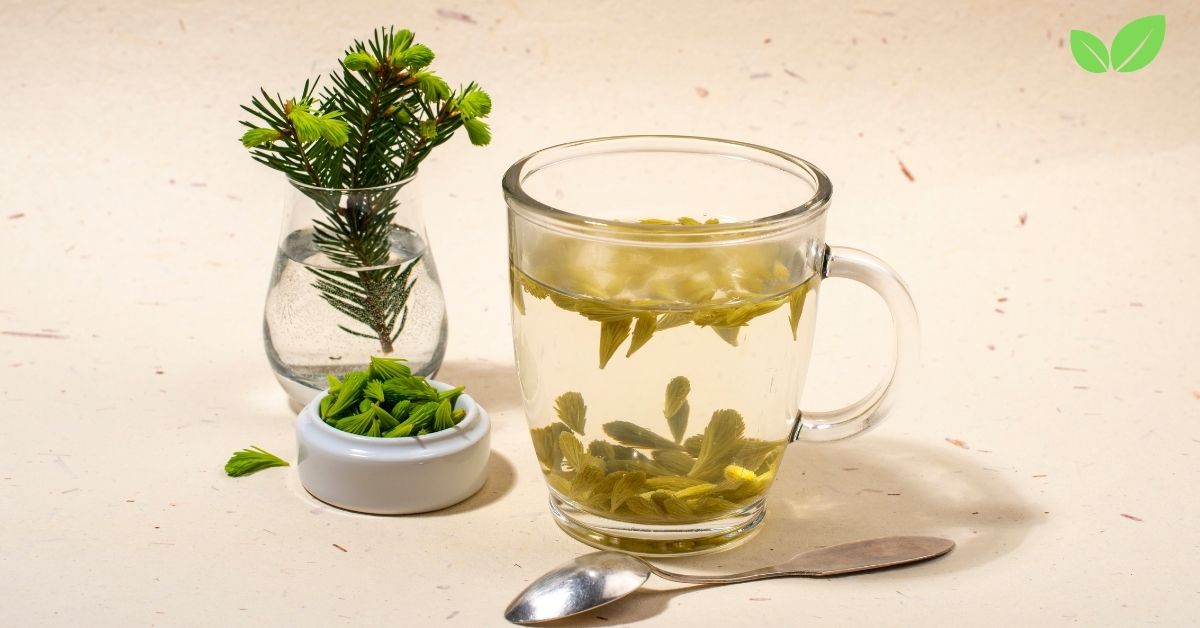Alaska is home to a variety of unique plant species, many of which have been traditionally used by Indigenous communities for food, medicine, and other practical purposes. Among these plants is the white spruce (Picea glauca), a common tree in the Alaskan landscape. This resilient conifer has been used for centuries, with its needles often brewed into tea due to their medicinal properties. However, a common question arises: is white spruce safe to make tea with in Alaska?
In this article, we will explore the safety, health benefits, environmental considerations, and cultural importance of making tea with white spruce in Alaska. We will also discuss the appropriate methods for harvesting, the potential risks, and the role of white spruce in the local ecosystem. By the end, we aim to provide a well-rounded understanding of whether white spruce is safe to make tea with in Alaska and how to do so responsibly.
1. The Importance of White Spruce in Alaska’s Ecosystem
Before answering the question, is white spruce safe to make tea with in Alaska, it’s essential to understand the ecological role of white spruce in the state. As a dominant species in Alaska’s boreal forests, white spruce plays a critical role in maintaining biodiversity and supporting various forms of wildlife.
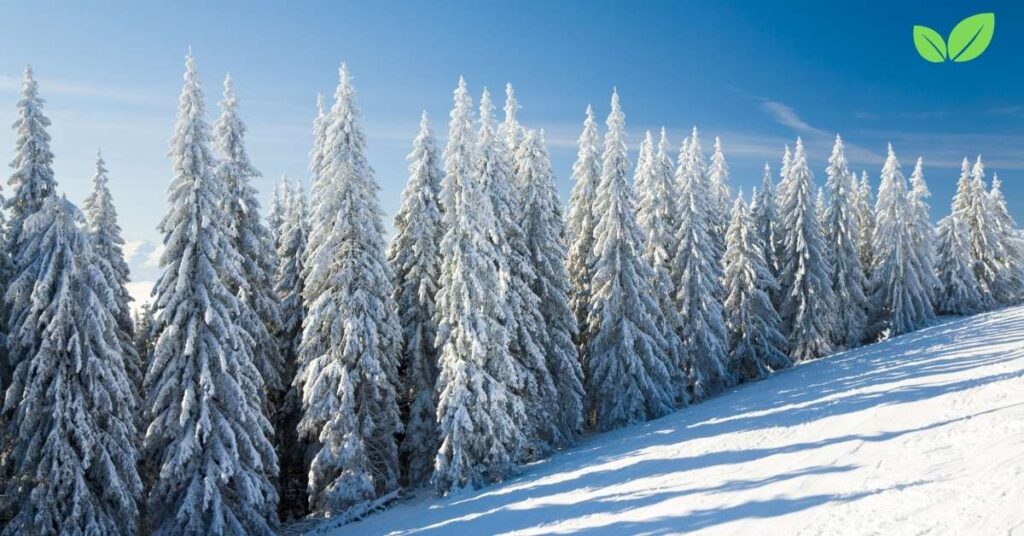
1.1. Ecological Significance of White Spruce
White spruce trees are integral to the health of Alaskan ecosystems. They provide habitat and food for numerous animals, including birds, small mammals, and insects. Additionally, these trees play a vital role in carbon sequestration, helping to mitigate climate change by storing carbon from the atmosphere.
- Habitat for Wildlife: Many species, such as the spruce grouse, rely on white spruce trees for food (seeds and needles) and shelter. Red squirrels, for example, use white spruce cones to store food.
- Soil Health: The root systems of white spruce trees help prevent soil erosion, particularly in regions with permafrost. The needles that drop to the forest floor also contribute to the nutrient cycle, enriching the soil.
- Carbon Sequestration: As part of the carbon cycle, white spruce trees absorb carbon dioxide and store it in their biomass, reducing greenhouse gas concentrations in the atmosphere.
Given the critical ecological role of white spruce, it is important to approach the harvesting of any part of the tree, such as its needles for tea, with sustainability and care in mind.
1.2. Cultural and Traditional Uses of White Spruce
The question of is white spruce safe to make tea with in Alaska also brings up its cultural significance. Indigenous communities have long relied on white spruce for a variety of purposes, including its use in traditional medicine. The tree’s needles, bark, and resin have been used in remedies for respiratory issues, joint pain, and other ailments.
- Medicinal Uses: White spruce tea, made from the needles, has been traditionally used to treat colds, coughs, and sore throats. Its high vitamin C content has made it valuable for boosting the immune system, particularly in the cold, harsh climates of Alaska.
- Spiritual Importance: In some Indigenous cultures, the white spruce tree holds spiritual significance and is used in ceremonies. As such, harvesting the tree’s resources, including its needles, should be done respectfully.
Given this cultural background, any discussion of is white spruce safe to make tea with in Alaska must take into account the respect owed to Indigenous knowledge and traditions.
2. Is White Spruce Safe to Make Tea With in Alaska?
Now that we’ve covered the tree’s ecological and cultural importance, let’s address the core question: is white spruce safe to make tea with in Alaska? The short answer is yes, but with a few caveats. When used correctly and in moderation, white spruce tea can provide numerous health benefits, but it’s essential to understand how to harvest and prepare the needles properly.
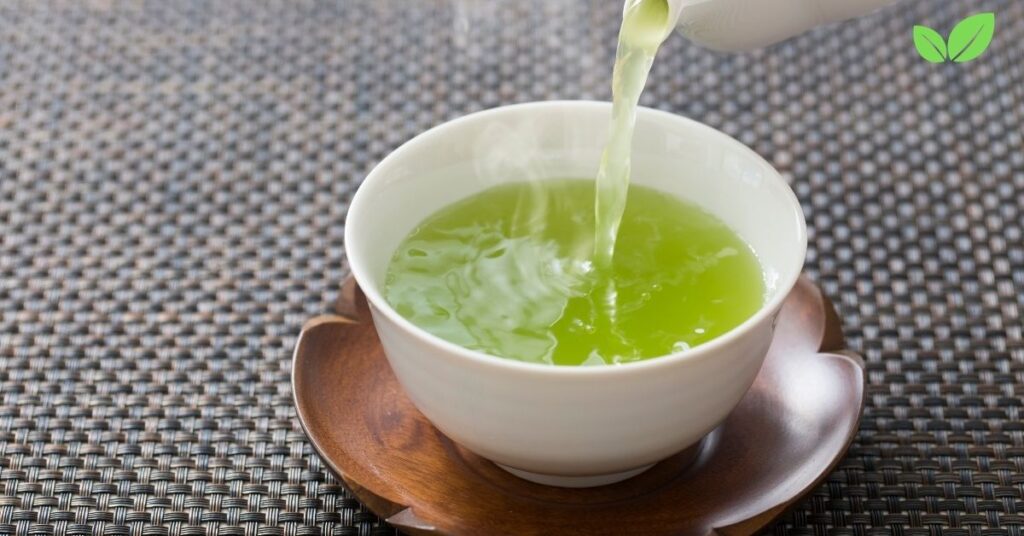
2.1. Health Benefits of White Spruce Tea
One of the key reasons people ask is white spruce safe to make tea with in Alaska is due to the potential health benefits of the tea. White spruce needles are rich in vitamin C and other compounds that support the immune system, particularly during the winter months when fresh fruits and vegetables are scarce.
2.1.1. High Vitamin C Content
White spruce needles are an excellent source of vitamin C, historically used to prevent scurvy among Indigenous populations and settlers in Alaska. The high vitamin C content is one of the main reasons white spruce tea is considered beneficial.
- Immune Boost: The vitamin C in white spruce tea helps boost immunity, reduce inflammation, and support overall health.
- Preventing Scurvy: In the past, Indigenous peoples and early explorers used white spruce tea as a reliable source of vitamin C to ward off scurvy during long winters.
2.1.2. Respiratory Benefits
White spruce tea is also used for its respiratory benefits. The aromatic oils in the needles, such as terpenes, may help soothe respiratory irritation, ease coughing, and promote clearer breathing.
- Soothe Throat and Chest: Drinking white spruce tea or inhaling its steam can help soothe sore throats and ease chest congestion.
- Decongestion: The compounds found in white spruce needles have mild decongestant properties, making the tea useful during cold and flu season.
2.2. Risks and Precautions
While the answer to is white spruce safe to make tea with in Alaska is generally positive, it’s important to take precautions. Not everyone reacts the same way to plant-based remedies, and there are a few factors to consider.
2.2.1. Potential Allergic Reactions
Some individuals may experience allergic reactions to white spruce, especially if they have a history of allergies to coniferous trees. Skin irritation, respiratory discomfort, or even digestive upset can occur in sensitive individuals.
- Test Before Consuming: If you’re trying white spruce tea for the first time, start with a small amount to see if you experience any adverse reactions.
- Skin Sensitivity: Some people may develop contact dermatitis from handling the needles, so gloves may be useful during harvesting.
2.2.2. Safety for Pregnant or Nursing Women
For pregnant or nursing women, it is recommended to consult with a healthcare provider before consuming white spruce tea. The effects of white spruce compounds during pregnancy are not well-studied, and certain terpenes may have uterine-stimulating properties.
- Consultation Recommended: Always seek medical advice if pregnant or breastfeeding before trying new herbal teas, including white spruce.
2.3. Sustainability and Ethical Harvesting
To fully answer the question, is white spruce safe to make tea with in Alaska, we must also consider sustainability. Over-harvesting white spruce needles can harm the tree and its surrounding ecosystem. It’s important to practice responsible foraging to ensure the long-term health of Alaska’s white spruce populations.
2.3.1. How to Harvest Sustainably
When harvesting white spruce needles, take care to only remove small amounts from a few branches, and avoid cutting too much from any one tree. Doing so can damage the tree and reduce its ability to photosynthesize effectively.
- Selective Harvesting: Harvest needles from different parts of the tree and spread out your collection efforts across several trees to avoid stressing any individual tree.
- Harvest During Growth Season: Collecting needles during the growing season ensures that the tree can replenish its resources more easily.
2.3.2. Avoiding Damage to the Ecosystem
When foraging in the wild, always follow Leave No Trace principles. Avoid trampling vegetation, disturbing wildlife, or damaging trees unnecessarily.
- Minimize Impact: Stick to established trails and avoid foraging near sensitive ecosystems, such as water sources or protected areas.
- Respect Protected Areas: Certain parks and protected areas in Alaska may have regulations regarding plant harvesting. Be sure to research local guidelines before collecting white spruce needles.
3. How to Make White Spruce Tea Safely
Now that we’ve answered is white spruce safe to make tea with in Alaska, it’s time to discuss how to make the tea properly. Safe preparation methods ensure that you enjoy the health benefits of white spruce tea without any negative side effects.
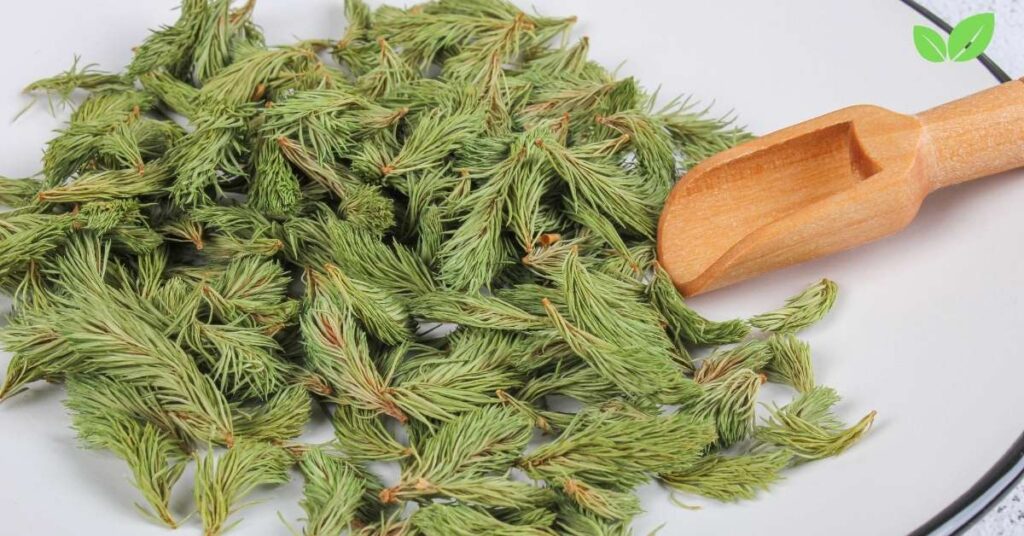
3.1. Harvesting the Needles
When collecting white spruce needles, it’s best to gather fresh, bright green needles, typically from the newest growth. These young needles have the highest concentration of vitamin C and other beneficial compounds.
- Choose Healthy Trees: Ensure that the trees from which you are harvesting are healthy and free from disease or pests.
- Clean the Needles: Before using the needles, rinse them thoroughly to remove any dirt or potential contaminants, especially if collected from an area near roads or human activity.
3.2. Brewing White Spruce Tea
Brewing white spruce tea is a simple process, but care should be taken to avoid over-extracting the compounds, which can result in a bitter flavor.
- Steep Time: Place the clean needles in hot (but not boiling) water and allow them to steep for 5–10 minutes. Over-steeping can lead to a more astringent taste.
- Serve and Enjoy: Strain the tea and enjoy it as is, or add a bit of honey or lemon for flavor enhancement. The tea should have a light, refreshing pine taste.
3.3. Storing White Spruce Needles
If you’ve collected more needles than you plan to use immediately, proper storage is key to maintaining their freshness and potency.
- Refrigeration: Fresh white spruce needles can be stored in the refrigerator for up to one week. Ensure they are kept in an airtight container to preserve their moisture and nutrients.
- Drying the Needles: If you prefer to store white spruce needles for longer periods, you can dry them. Lay the needles out on a clean surface in a cool, dry area away from direct sunlight. Once fully dried, store them in an airtight container in a dark, cool place for up to a year. Dried needles retain most of their beneficial compounds and can be used to make tea at any time.
4. Environmental and Ethical Considerations in Using White Spruce
Understanding the answer to is white spruce safe to make tea with in Alaska involves more than just personal safety; it also requires considering the environmental and ethical implications. White spruce trees are vital components of Alaska’s boreal forests, playing a critical role in the ecosystem. It’s essential to approach the use of white spruce with responsibility and respect.
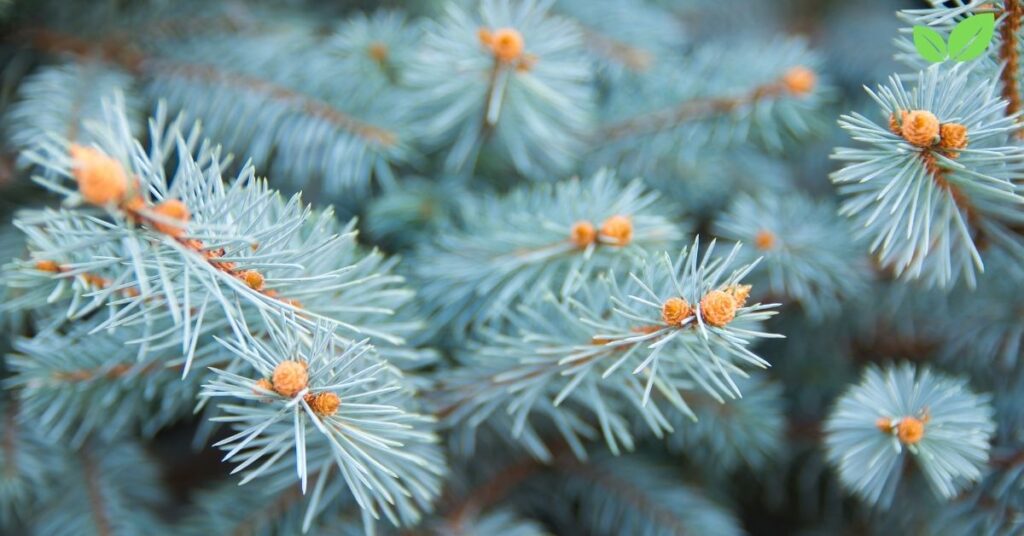
4.1. The Role of White Spruce in the Boreal Forest
White spruce trees are not only valuable for making tea but also crucial for maintaining the health and balance of Alaska’s boreal forests. These trees support biodiversity, provide habitat for wildlife, and help stabilize the soil. Overharvesting or damaging white spruce trees can lead to significant environmental consequences.
4.1.1. Wildlife Habitat
White spruce trees provide shelter and food for various species, including birds like the spruce grouse and mammals such as red squirrels and moose. The trees also offer protection from the cold and harsh weather conditions, making them essential for wildlife survival in Alaska.
- Bird Nesting Sites: Many bird species nest in the branches of white spruce trees, using the tree’s needles for camouflage and shelter.
- Food Source: Spruce cones are a primary food source for small mammals like squirrels, while moose may feed on the lower branches.
4.1.2. Carbon Sequestration and Climate Change Mitigation
White spruce trees play an important role in carbon sequestration, helping to absorb carbon dioxide from the atmosphere and store it in their biomass. This helps mitigate the impacts of climate change by reducing the amount of greenhouse gases in the atmosphere.
- Long-term Carbon Storage: White spruce trees are long-lived and can store significant amounts of carbon throughout their lifetime, making them critical players in the fight against climate change.
4.2. Harvesting White Spruce Sustainably
To ensure that white spruce is safe to make tea with in Alaska both for individuals and the environment, sustainable harvesting practices must be followed. Overharvesting can damage the tree and reduce its ability to support the local ecosystem.
4.2.1. Best Practices for Sustainable Harvesting
When harvesting white spruce needles for tea, it’s important to only take what you need and to do so in a way that minimizes harm to the tree.
- Selective Harvesting: Rather than stripping a single branch, collect small amounts of needles from various parts of the tree to avoid overburdening one section.
- Rotate Harvest Areas: If you regularly harvest white spruce needles, be sure to rotate between different trees and areas to give each tree ample time to recover.
4.2.2. Respecting Local Regulations
It’s also important to be aware of local laws and regulations regarding plant collection in Alaska. Some areas, particularly protected parks and wildlife reserves, may have restrictions on harvesting native plants like white spruce.
- Check for Permits: If you plan to harvest white spruce needles from public lands, check whether a permit is required and ensure that you follow all local guidelines to avoid fines or penalties.
4.3. Climate Change and Its Impact on White Spruce
Climate change poses a significant threat to Alaska’s ecosystems, including the boreal forests where white spruce thrives. Rising temperatures, shifting precipitation patterns, and increased risk of wildfires are all factors that could impact white spruce populations in the coming decades.
4.3.1. Increased Vulnerability to Pests and Disease
As temperatures rise, white spruce trees may become more susceptible to pests such as the spruce bark beetle. Warmer winters allow pests to survive and reproduce more rapidly, leading to widespread infestations that can weaken or kill trees.
- Spruce Bark Beetle Outbreaks: Warmer conditions have contributed to outbreaks of spruce bark beetles, which burrow into trees and disrupt their nutrient flow, often leading to tree death.
4.3.2. Changing Ecosystems
Climate change is altering the growing conditions for white spruce trees, with some areas experiencing increased drought stress and others seeing shifts in the range of species that can thrive. These changes can impact the long-term survival of white spruce in certain regions.
- Drought Stress: As temperatures rise and precipitation patterns shift, some white spruce trees may struggle to access sufficient water, leading to stress and increased mortality.
5. Conclusion: Is White Spruce Safe to Make Tea With in Alaska?
In conclusion, is white spruce safe to make tea with in Alaska? Yes, it is safe for most people when used responsibly and in moderation. White spruce tea offers a variety of health benefits, particularly for boosting the immune system and supporting respiratory health. However, it is essential to consider the potential risks, including allergic reactions and precautions for pregnant or nursing women.
Additionally, sustainable harvesting practices are critical to ensure that the ecological health of Alaska’s boreal forests is maintained. By following responsible foraging guidelines, respecting local laws, and considering the environmental impacts of harvesting, you can enjoy white spruce tea while minimizing your impact on the environment.
By approaching the question of is white spruce safe to make tea with in Alaska with care, knowledge, and respect for the natural world, you can help preserve this valuable resource for future generations to enjoy.
6. FAQs
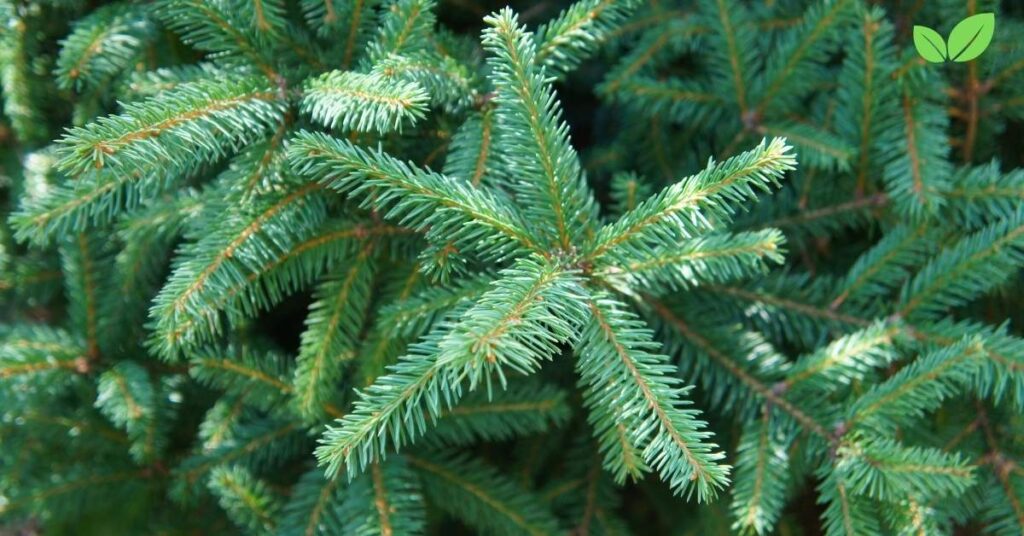
6.1. Is white spruce tea safe for children to drink?
White spruce tea can generally be safe for children, but it’s recommended to consult a healthcare provider before giving herbal remedies to children, especially for very young kids or if there are any known allergies.
6.2. Can you drink white spruce tea daily?
While white spruce tea is safe in moderation, it’s best to limit consumption to one or two cups a day. Overconsumption of any herbal tea can lead to unwanted side effects.
6.3. How do you store dried white spruce needles?
Dried white spruce needles should be stored in an airtight container in a cool, dark place. This ensures they retain their potency and freshness for up to a year.
6.4. Is it better to use fresh or dried white spruce needles for tea?
Both fresh and dried needles can be used to make tea. Fresh needles typically offer a more vibrant flavor and higher vitamin C content, while dried needles are more convenient for long-term storage.
6.5. What are the benefits of white spruce tea?
White spruce tea is high in vitamin C, helps boost the immune system, and supports respiratory health. It has also been used traditionally to soothe sore throats and ease congestion.
6.6. Is white spruce tea caffeine-free?
Yes, white spruce tea is naturally caffeine-free, making it a great herbal alternative to caffeinated beverages.
Read More: Pines for Tea Alaska: Nature’s Herbal Brew

